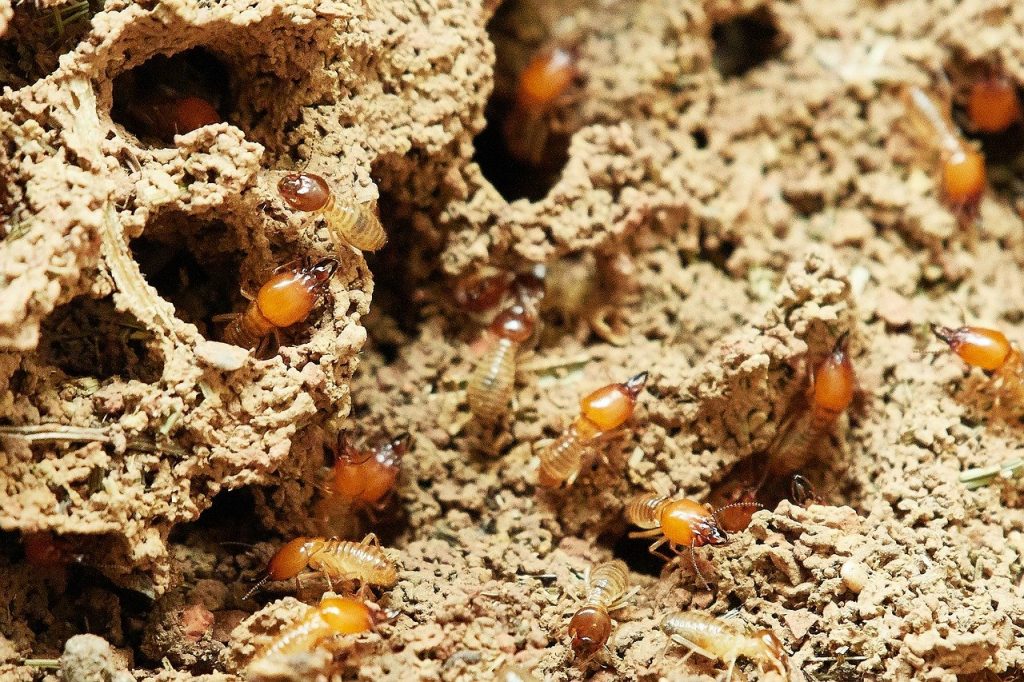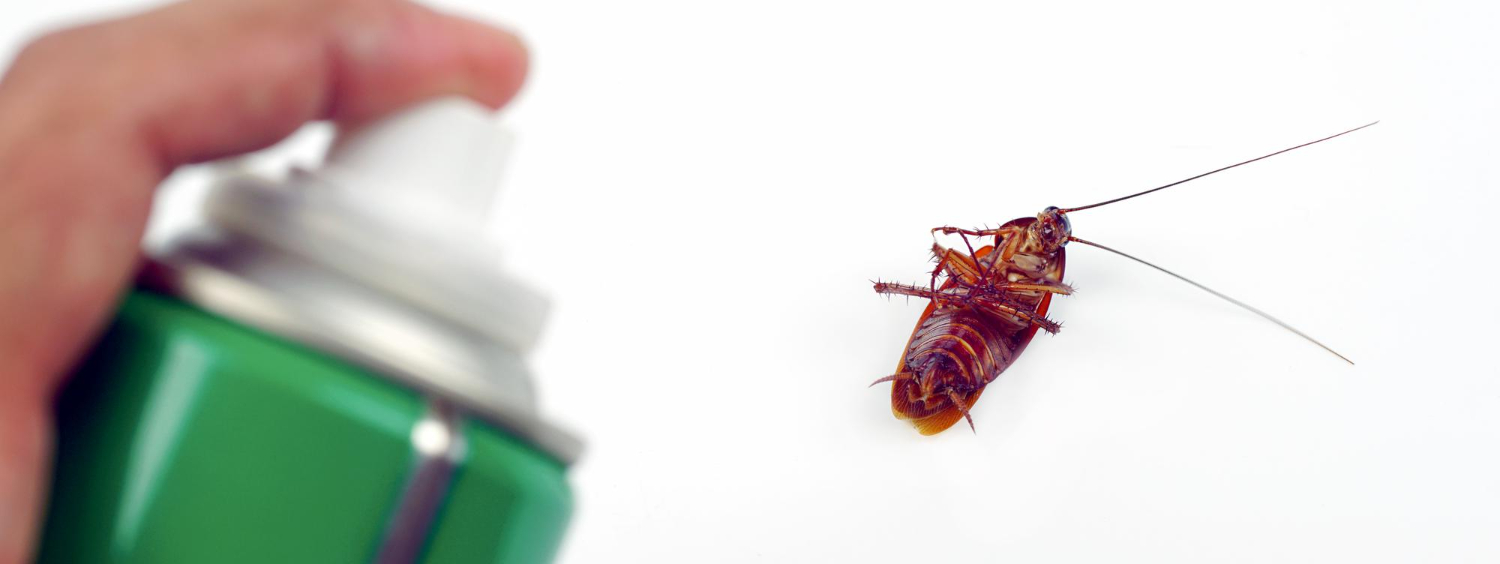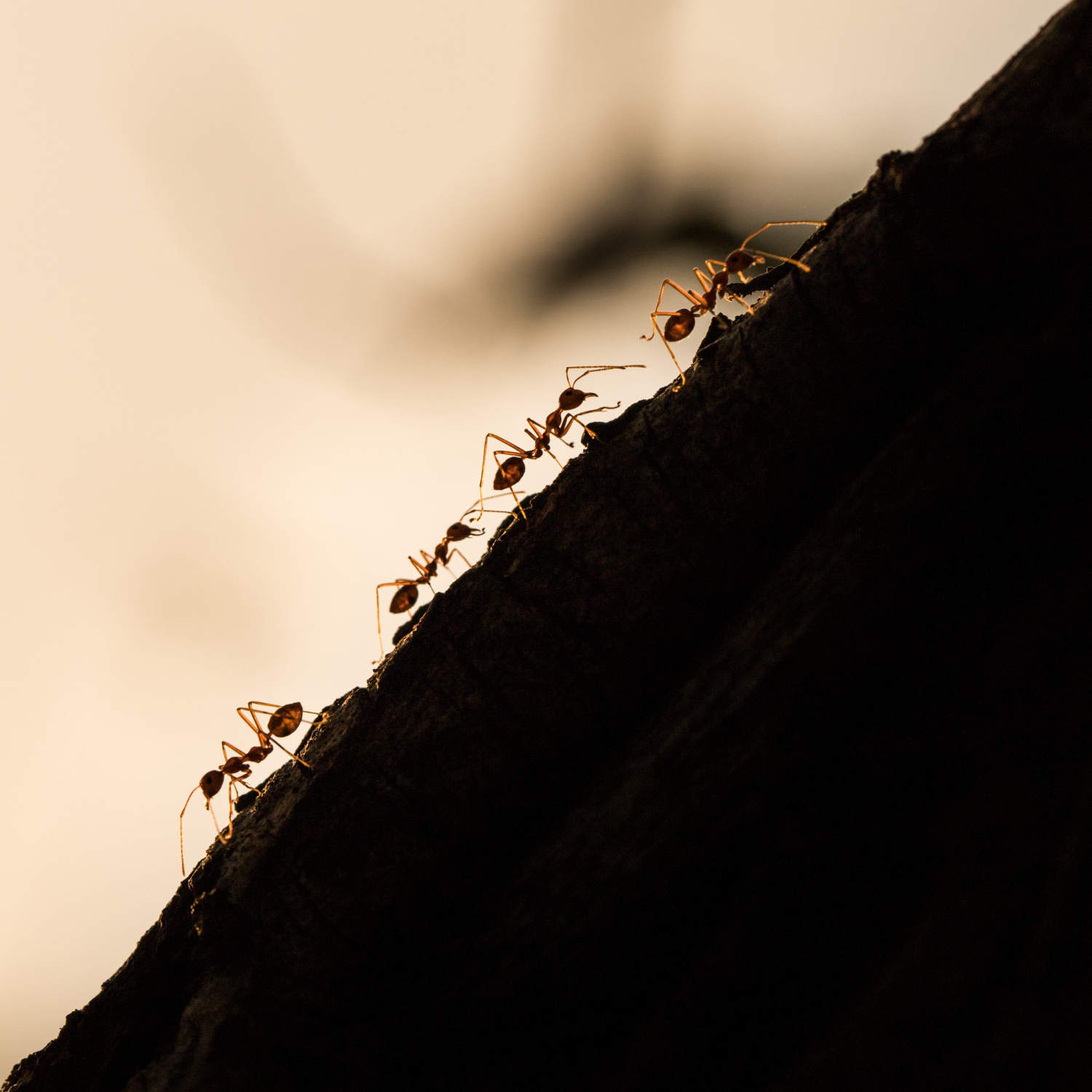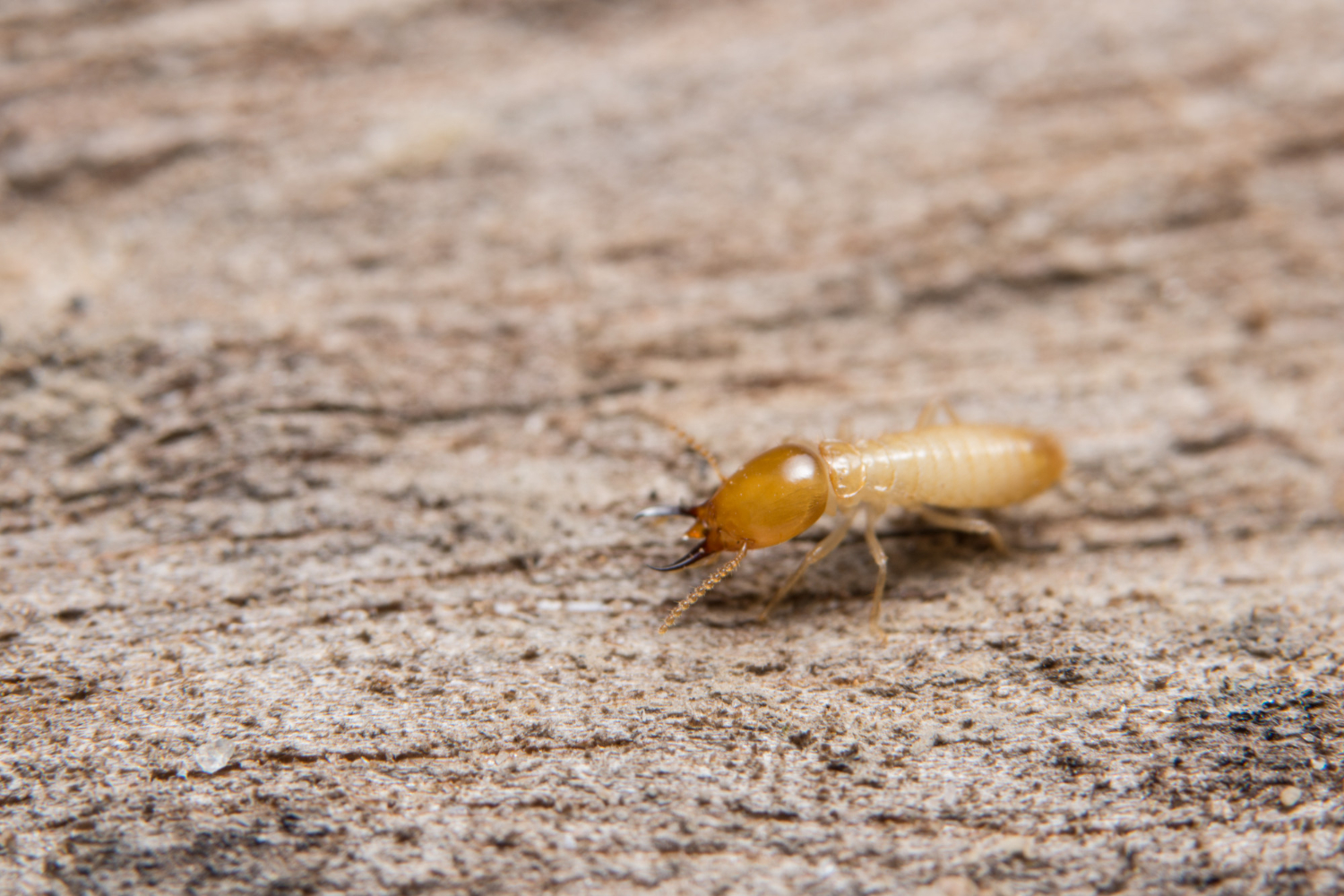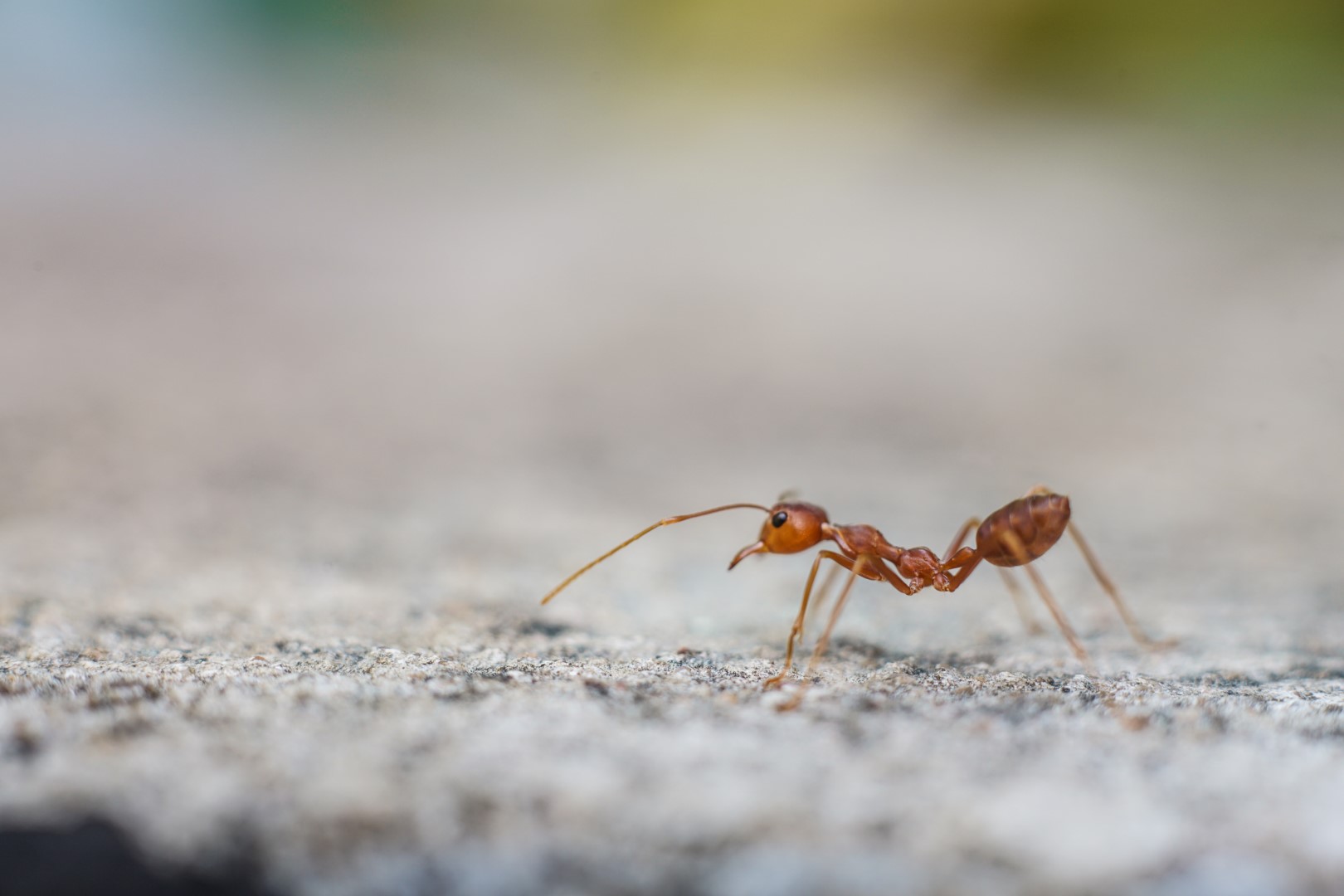Termite being a part of ecosystem on earth for a long time and commonly known as white ants but more close to the cockroaches. There are more than 300 species in Australia out of which 15 attack on wood and important for human while others are grassfeeders. Termites can be divided into three groups including druwppd, dampwood and subterranean.
Moist and rotten logs are the diet of dampwood termites and rearely create problem for human beings. Drywood termites live in small hoels in dead wood of forests or timber in homes. They get moisture from the timber without any contact from the soil. Subterranean termites live in grounds because they need soil contact or any other source for moisture. They provide great damage to the timber in Australia which is discussed below.
Termite Biology
Termites are social insects as they live in large colonies and live together by performing individual and single tasks. There are three main roles including working, protecting and reproducing. Each role falls in different kinds of termites having specialized body, shape and behaviour. The worker does so 24 hours a day and 7 days in a week. They build galleries and nests; gather food and rest of the things to feed the colony. They are blind, wingless, white and sterile in appearance but their internal system is almost the same.
The soldiers are different from the other termites due to coloured and armoured heads. They are also blind, sterlie and wingless. Soldiers must be fed by workers because the soldiers try to protect their colonies from ants. They rely on physical weapons and chemicals. The reproductive termites are the king and queens of the colonies. They had eyes, wings and reproductive systems. They live in swarm at dusk and attracted toward lights at night. The size of female abdomen changes during the reproductive system without bringing any change in the male side.
Nests
Different types of nests are being built by termites. Some termites live underground without making a central nest while others build a central nest in the soil, living or dead trees. Termite mound is the most popular form of termite nest. The size and shape of the termites can be changed depending on its species or other activities.
Feeding Behaviour
Termites live on the material having cellulose which is digested by intestinal bacteria with essential amount of nitrogen. The termites dispose off excessive and diseased members of the colony. There are some timber types which resist to termites but they are not termite proof. They damage material which they cannot eat like rubber, plastic and mortar. The gallery system may exploit the food in single colonies. So this system keeps the termite in touch with the moisture of the soil.
Distribution And Importance.
The 15 termite species in Australia attack wood commonly. The termite activity is increased so is the damage in Australia. The wood is attacked by subterranean termite in most of the structures but you can stop them by taking protective measures.
